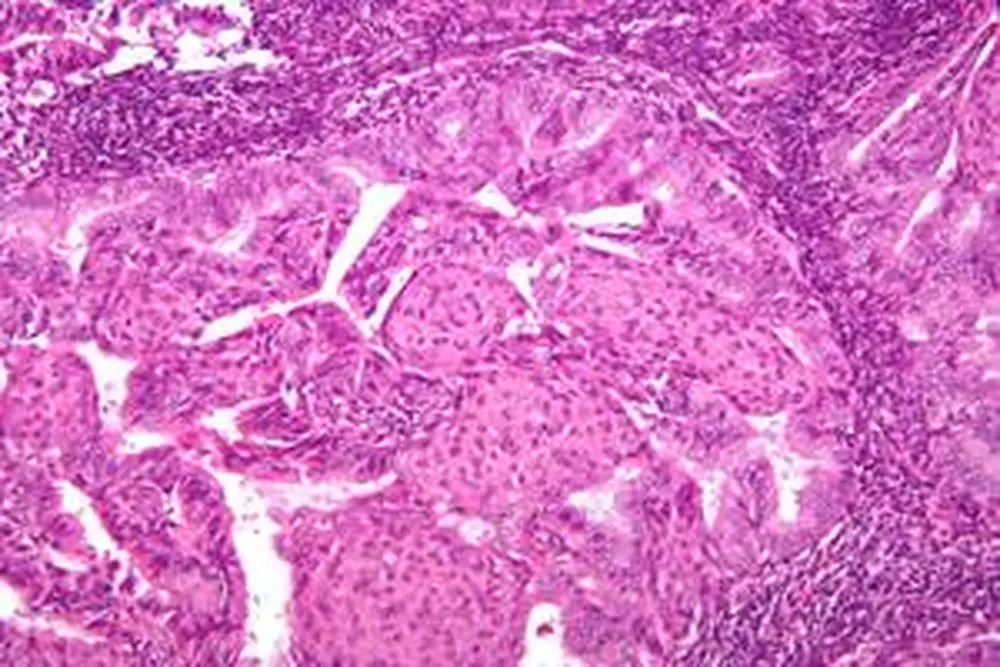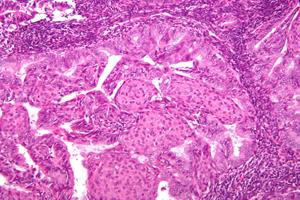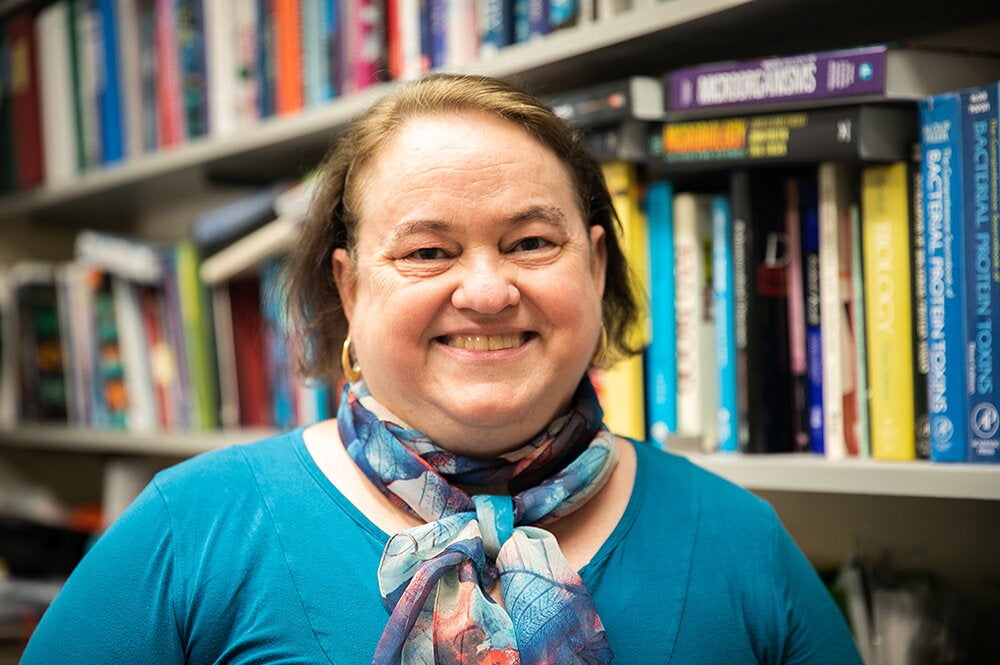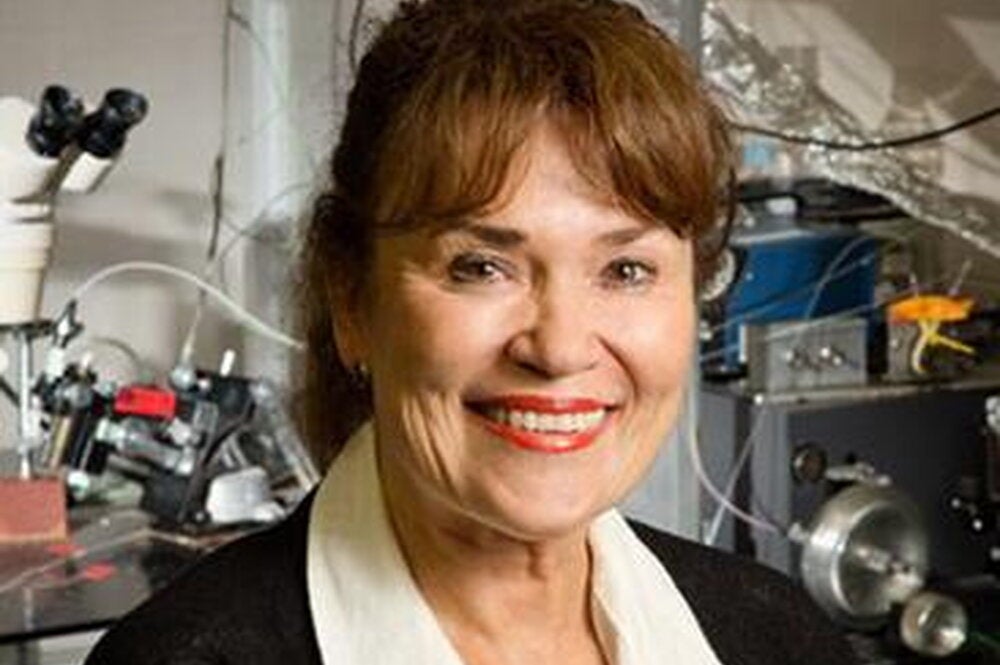

If you’ve sat through sex ed class in high school, you’ve heard it all before: A pregnancy begins when a fertilized egg implants in the lining of the uterus. But University of Illinois researchers have now figured out a key mechanism in this process—a finding that could help explain some forms of female infertility and has implications in understanding diseases such as endometrial cancer.
At the start of each menstrual cycle, levels of the estrogen hormone increase, stimulating cells in the uterine lining to increase in number. This causes the uterine lining, or epithelium, to thicken. However, as the ovary releases an egg, levels of another hormone—progesterone— begin to rise, and this puts the brakes on the growth of the uterine lining.
University of Illinois researchers found that the protein Hand2 is the switch that turns off the increase in uterine lining growth, making it possible for the fertilized egg to implant in the uterus. In addition to shedding light on some forms of female infertility, researchers say the Hand2 finding could help them understand disorders in which the growth of the uterine lining surges out of control, such as endometrial cancer or endometriosis.
“Progesterone-like medications are used to treat a wide variety of conditions, such as relieving the symptoms of menopause, as part of infertility treatments, and for preventing preterm birth,” says Louis DePaolo from the Eunice Kennedy Shriver National Institute of Child Health and Human Development, which funded the study. “Understanding how Hand2 exerts its effect on uterine growth may lead to the development of new medications and therapeutics that make progesterone treatments more effective with fewer side effects.”
Milan K. Bagchi, an LAS professor of molecular and integrative physiology, was part of the research team, which also included: Quanxi Li, Indrani Bagchi, Athilakeshmi Kannan, and Paul S. Cooke from comparative biosciences at U of I. Other members of the team came from Baylor College of Medicine, Keio University School of Medicine, and the University of California at San Francisco. The work was publishe in the journal Science.


